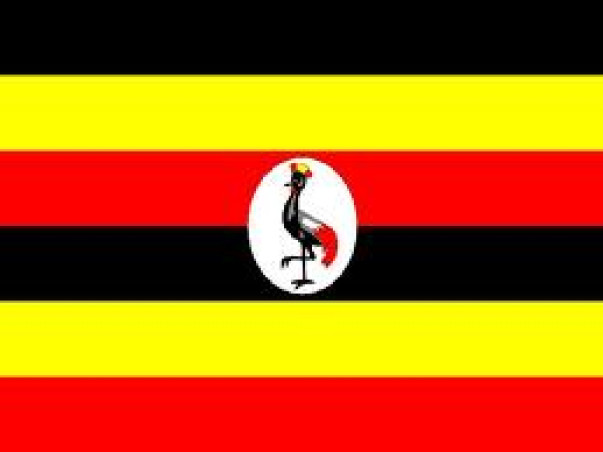Uganda: How Technology Is Changing the Face of Banking

By Eronie Kamukama
A wave of technological innovation has suddenly swept through the Ugandan banking space in recent times. Key developments within the sector have erased memories of dreary days when people had to walk into banking halls, wait in queues to withdraw money, deposit savings or request for a loan. Only people doing complex transactions have kept at this tedious process.
Historically, telecom companies have been providing easy connectivity through phone calls and text messages while banks only provided banking services. There has been noticeable convergence that has bridged the gap between telephony and financial services over the last months, thanks to technological innovation.
The trends
According to Mr Peter Kawumi, an innovations specialist at Financial Sector Deepening Uganda, this convergence was very significant in 2016.
"We have seen more banks providing mobile banking services which is basically banking on your phone. This is doing the basic transactions such as balance inquiry and funds transfer through the phone," Mr Kawumi says.
He says some banks have gone an extra mile in providing push and pull services. Customers can now directly transfer money from their bank accounts to their mobile money wallets using a phone instead of a mobile money agent.
This comes in handy as banks have not continued their drive towards opening up more branches because it is expensive and so people living miles away from the next bank are set to benefit from such innovations.
Last year, MoKash, an MTN-Commercial Bank of Africa partnership was a major development that has significantly shifted the landscape of financial services according to Mr Kawumi.
"We see this as a new way for people who may not have had access to financial services to have access to savings and if they save very well, they can then have access to credit," he says.
Why the shift
Bank customers are asking for greater flexibility and more suitable products, the reason why banks are responding and providing these products.
"It is three fold. One to respond to consumer needs, to reduce costs because it is expensive to build branches and also, it allows banks to serve more people," Mr Kawumi says.
He points out the increased interest in providing micro-insurance services that will leverage on the mobile phone as another factor. The partnerships between MTN and AIO, Uganda Telecom and Britam are expected to change the insurance sector in a period when insurance penetration stands at only 0.85 per cent.
Challenges ahead
You can sing and dance about a product but it is rendered useless if it is not relevant to the target market.
More than ever, many Ugandans are able to speak and write English though language barrier remains a going concern for most banks. However, experts say full benefits of products can be achieved if banks invest in product awareness initiatives in local languages.
Technological advancement introduces simplicity but comes along with potential fraud.
Mr Kawumi advises banks to design products that are not only easy to use but are also beneficial to the end user.
More than ever, banks have to make sure that ecosystems work.
The lack of float at a mobile money agency creates frustration and mistrust according to the experts.
Expectations
Experts expect these trends within the banking sector to continue with banks upgrading their core systems so that they are more responsive to changing customer demands.
Other developments
Non-technological developments over the years.
Liberalisation of banking
Commercial banking space was liberalised in early 1990's for private businesses to operate, supervised by Bank of Uganda (BoU); with powers from the licensing of banks, day to day supervision, to their liquidation.
Liquidation, merging
The number of commercial banks, now standing at about 25, with one development bank solely owned by government, continues to stagnate in their twenties for some time now as a result of BoU's deliberate attempts to weed out non-performing banks through liquidations, takeovers or mergers.
Branch expansion
The geographical coverage of banking facilities has improved markedly, especially after the 1990's. Today, the combined branch network of all commercial banks across the country is close to 600.
SOURCE:THE MONITOR
 Africas leading resource for digital financial services
Africas leading resource for digital financial services


comments